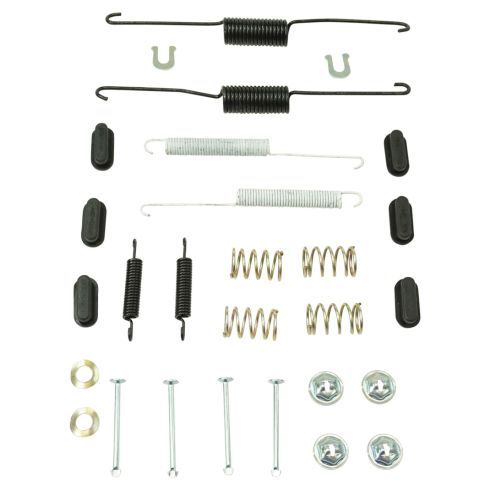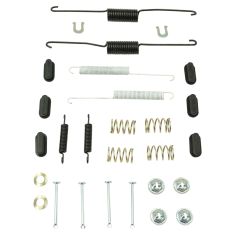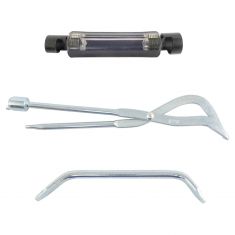1ABRX00061-Chevrolet GMC Rear Drum Brake Hardware Kit TRQ HBA76916

Replaces
Chevrolet GMC Rear Drum Brake Hardware Kit TRQ HBA76916

Frequently bought together
Product Reviews
Loading reviews
There are no reviews for this item.
Customer Q&A
Does this Package include the adjuster clips?
August 30, 2019
10
Thank you for your inquiry. This kit will not include the brake drum adjusters or the clips. Please contact us if you have any further questions.
August 30, 2019
A C
This item will fit on my 86 c10?silverado?
January 9, 2023
10
This part will not fit your vehicle, but we may have a part that is listed to fit.
Please enter your vehicle's year make and model in the search bar at the top of the page. This will display parts guaranteed to fit your vehicle. Just be sure to verify all of the information shown in the Vehicle Fit tab before ordering.
January 9, 2023
Kelly S

















